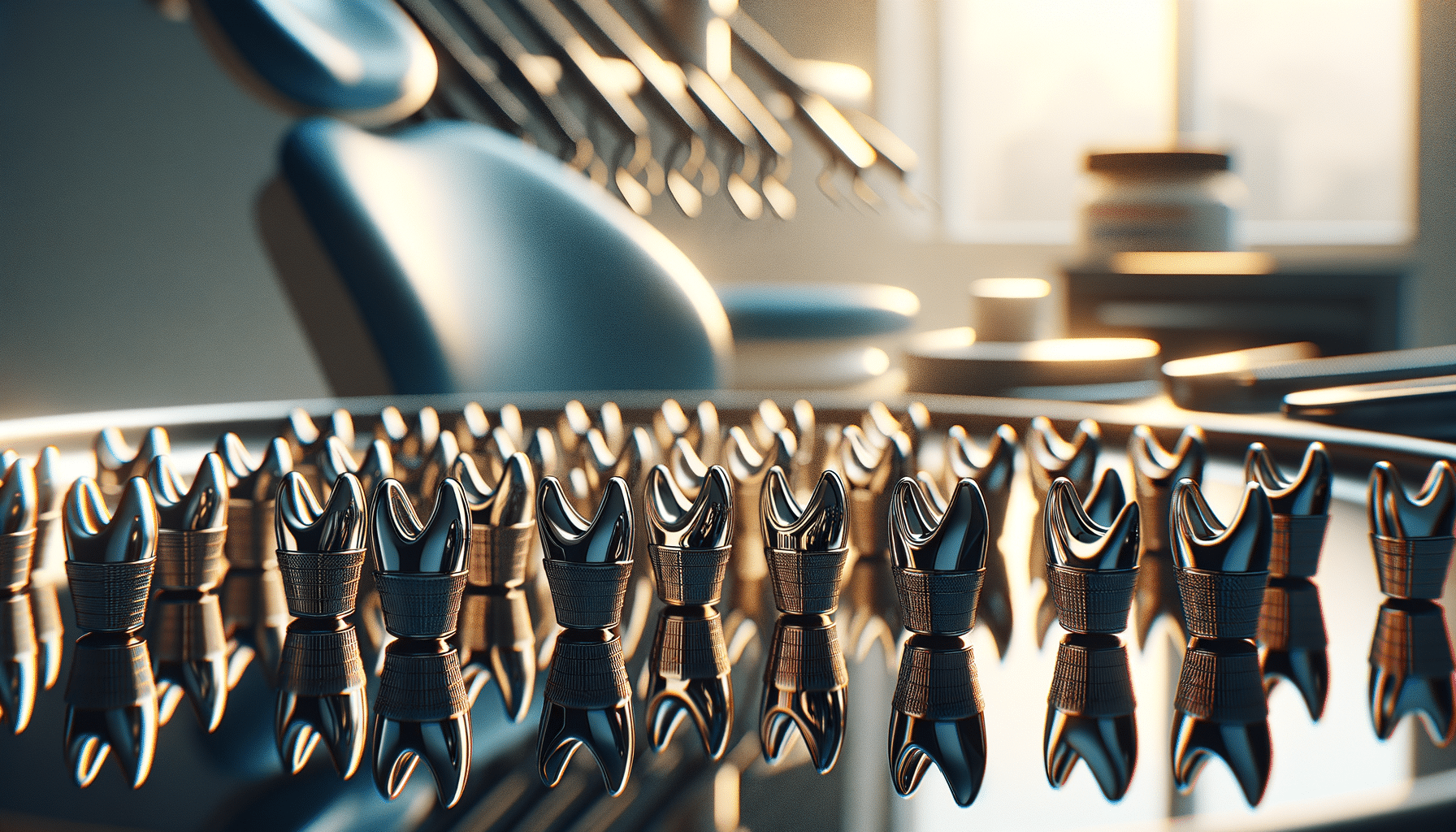
2025 Guide to Dental Clips: Types Comfort and Considerations in the US
Introduction to Dental Clips
As we step into 2025, dental care continues to evolve, offering innovative solutions that cater to a variety of needs. Dental clips, in particular, have gained popularity due to their convenience and effectiveness in orthodontic treatments. Whether you’re exploring the types and comfort of dental clips for your needs or simply seeking to understand their role in dental health, this guide will provide comprehensive insights. In the US, dental clips are becoming a preferred choice for many seeking orthodontic corrections without the hassle of traditional braces.
Understanding the nuances of dental clips can help you make informed decisions about your dental health. This guide aims to shed light on the different types of dental clips available, their comfort levels, and the considerations you should keep in mind when choosing them. Let’s delve into the world of dental clips and explore how they can enhance your dental care experience.
Exploring the Types and Comfort of Dental Clips for Your Needs
Dental clips are designed to offer an alternative to traditional braces, providing users with a less intrusive and more comfortable option. In 2025, the variety of dental clips available in the market has expanded, catering to different preferences and orthodontic requirements. The primary types of dental clips include self-ligating clips, ceramic clips, and lingual clips.
Self-ligating clips are known for reducing friction and pressure on teeth, making adjustments easier and more comfortable. Ceramic clips offer a more aesthetic appeal as they blend with the natural color of teeth, while lingual clips are placed behind the teeth, making them virtually invisible. Each type offers distinct advantages, and the choice often depends on factors such as the severity of dental correction needed and personal comfort.
Comfort is a significant consideration for anyone opting for dental clips. The materials used and the design of the clips play a crucial role in determining how comfortable they feel when worn. Patients often report that dental clips are less painful and require fewer adjustments compared to traditional braces. However, it is essential to consult with a dental professional to explore the types and comfort of dental clips for your needs before making a decision.
2025 Guide to Dental Clips: Types Comfort and Considerations in the US
In the US, the dental industry is constantly evolving, with dental clips leading the charge in orthodontic innovations. This 2025 guide to dental clips: types comfort and considerations in the US, aims to provide you with the necessary knowledge to make informed decisions regarding your dental care. Factors such as cost, maintenance, and the duration of treatment are crucial considerations when choosing dental clips.
Cost is often a deciding factor for many individuals. While dental clips can be more expensive than traditional braces, the benefits they offer in terms of comfort and aesthetics can justify the investment. Maintenance of dental clips is relatively straightforward, but it requires regular dental check-ups to ensure they function optimally. Treatment duration with dental clips can vary depending on the type and the individual’s specific dental needs.
Additionally, it is vital to consider the expertise of your orthodontist. A skilled professional can provide valuable insights and advice on the most suitable type of dental clip for your needs. As you navigate through this guide, keep in mind that personal preferences and specific dental conditions should guide your choice of dental clips.
Benefits and Limitations of Dental Clips
Dental clips offer several benefits that make them an attractive option for orthodontic treatment. One of the primary advantages is their discreet nature, especially with options like ceramic and lingual clips. For those concerned about aesthetics, these clips provide a less noticeable alternative compared to metal braces.
Another benefit is the comfort level provided by dental clips. Designed to minimize pressure and friction, they often result in less discomfort during the adjustment period. The reduced need for frequent orthodontic visits can also be a significant advantage for busy individuals.
However, there are limitations to consider. Dental clips may not be suitable for all types of orthodontic issues, particularly severe misalignments. The cost can be prohibitive for some, and while they are generally durable, they may require more careful maintenance to avoid damage.
Ultimately, understanding both the benefits and limitations of dental clips will help you weigh your options effectively and choose the right solution for your dental needs.
Conclusion: Making an Informed Decision
As you consider dental clips for your orthodontic needs, it’s crucial to weigh the various types, comfort levels, and considerations highlighted in this guide. The 2025 guide to dental clips: types comfort and considerations in the US is designed to equip you with the knowledge needed to make an informed decision that aligns with your dental health goals.
Consulting with a dental professional remains a critical step in this process. They can provide personalized recommendations based on your specific dental conditions and preferences. Remember that while dental clips offer numerous benefits, they are not a one-size-fits-all solution, and careful consideration is essential to ensure you achieve the desired outcomes.
In conclusion, dental clips represent a modern approach to orthodontic treatment, offering comfort, aesthetic appeal, and efficiency. By exploring the types and comfort of dental clips for your needs, you can embark on a journey towards improved dental health with confidence and clarity.


